The Gulf Coast stretches over 1,600 miles from the Florida Keys to the tip of Texas, encompassing diverse cultures, ecosystems, and architectural traditions that create distinctive coastal communities unlike anywhere else in America. These towns have weathered hurricanes, oil spills, and economic shifts, developing resilience alongside their natural beauty.
Beyond the familiar destinations that draw massive crowds, numerous smaller communities offer authentic coastal experiences where local traditions remain vibrant and natural landscapes still dominate the scenery. From historic fishing villages to artistic havens to barrier island getaways, the Gulf Coast offers a remarkable variety for travelers seeking genuine coastal character.
Here is a list of 16 Gulf Coast towns that showcase the region’s diverse appeal while maintaining their authentic sense of place.
Cedar Key, Florida

This remote island community, located 50 miles southwest of Gainesville, feels suspended in time, with a year-round population under 700, creating an intimate atmosphere rarely found in Florida’s coastal towns. The absence of high-rise buildings preserves views across salt marshes to the Gulf, while the compact downtown features weathered wooden structures housing art galleries and seafood restaurants specializing in the local clam harvest.
Nature dominates the experience here, with kayaking routes threading through the Cedar Keys National Wildlife Refuge, where thousands of birds nest on undeveloped islands. The town’s isolation—miles from any major highway—ensures a slower pace, with visitors quickly adapting to island rhythms dictated more by tides than clocks.
Apalachicola, Florida
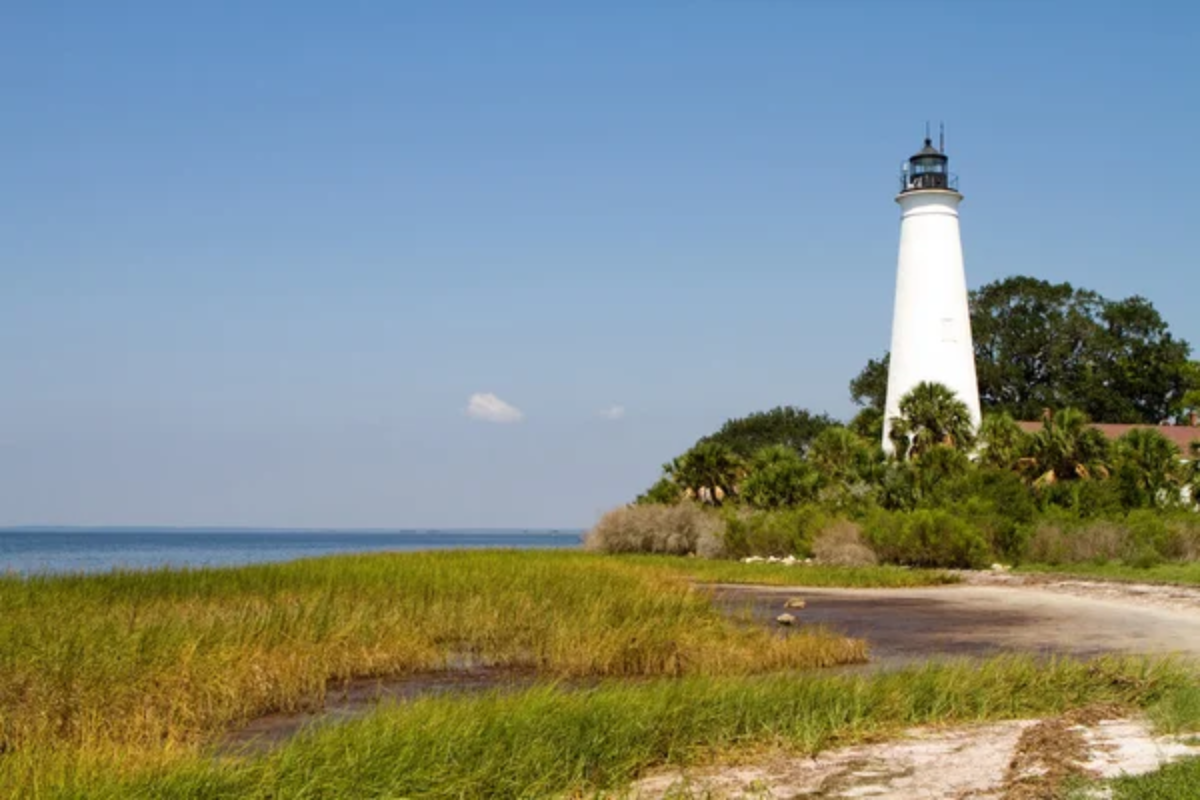
This working fishing town at the mouth of the Apalachicola River maintains its authentic maritime character despite growing recognition of its charms. Historic brick buildings line the compact downtown, housing excellent seafood restaurants serving the bay’s famous oysters harvested using traditional tonging methods visible from waterfront parks.
The surrounding area encompasses vast protected lands, including the Apalachicola National Forest and St. Vincent National Wildlife Refuge, creating a buffer against overdevelopment that preserves both natural habitats and the town’s working waterfront character. Local maritime traditions extend beyond fishing to include wooden boat building, with several craftsmen maintaining workshops where traditional methods coexist with contemporary small craft design.
Like Travel Pug’s content? Follow us on MSN.
Pass Christian, Mississippi
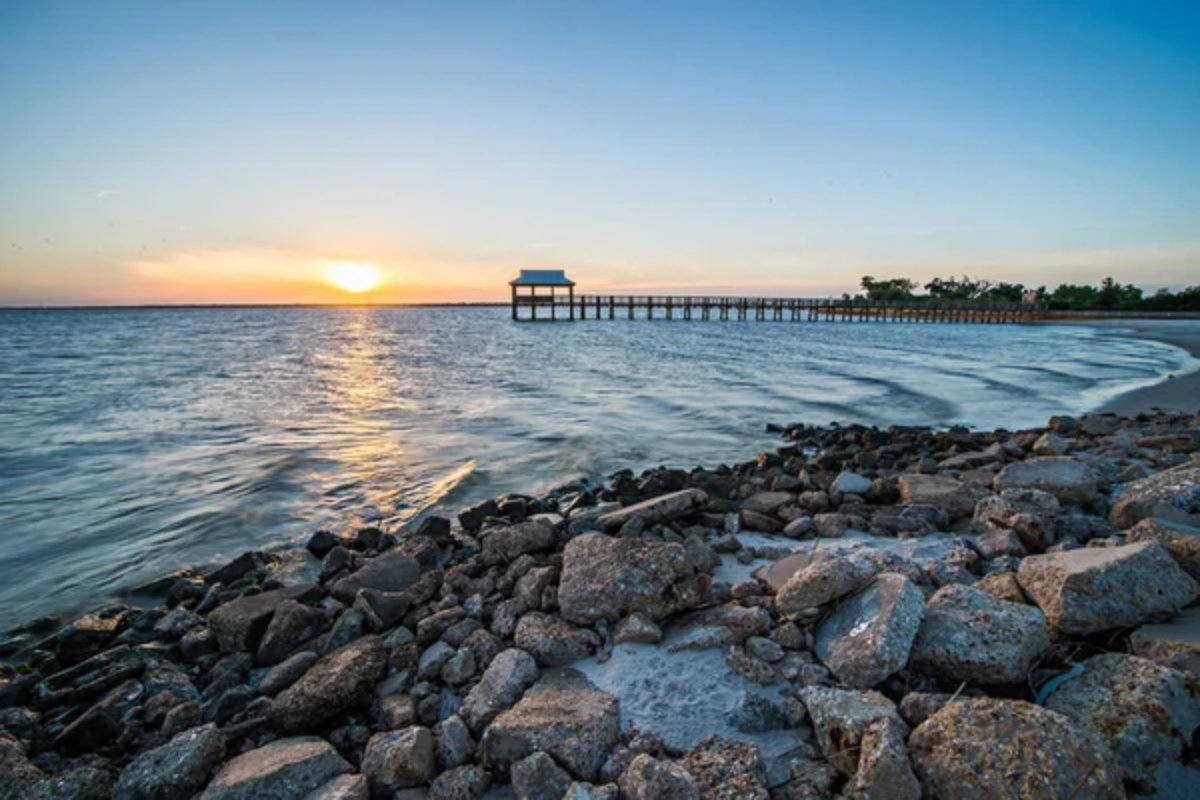
Though devastated by Hurricane Katrina in 2005, this resilient community along Mississippi’s western coast has rebuilt while maintaining its distinctive character centered on grand historic homes and maritime traditions. The town’s wide beach remains refreshingly undeveloped, with ancient live oaks providing natural shade rather than commercial structures crowding the shoreline.
Pass Christian’s harbor maintains an authentic working waterfront where shrimp boats unload their catches and recreational vessels moor alongside each other, while the town’s historic district includes remarkable examples of Gulf Coast architecture spanning nearly two centuries. Local restaurants emphasize fresh seafood prepared with both traditional coastal recipes and contemporary approaches influenced by New Orleans’ culinary traditions, just 60 miles westward.
Ocean Springs, Mississippi
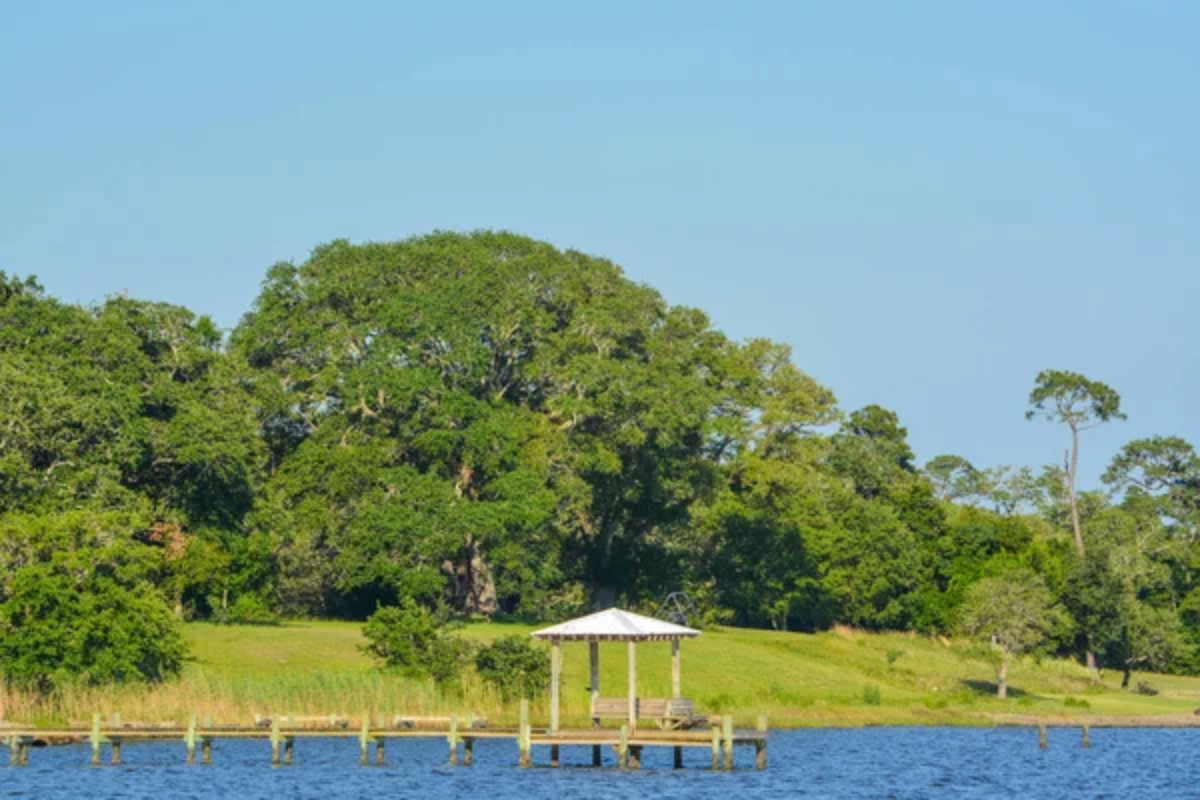
Located across Biloxi Bay from its more commercially developed neighbor, Ocean Springs preserves a pedestrian-friendly downtown filled with independently owned shops, galleries showcasing regional artists, and oak-shaded streets leading to a working harbor. The influence of artist Walter Anderson, who found inspiration in the local coastal landscape throughout the mid-20th century, continues through the Walter Anderson Museum of Art and community events celebrating connections between creativity and natural surroundings.
The nearby Davis Bayou Area of the Gulf Islands National Seashore offers paddling routes through coastal marshes and maritime forests, representing the region’s natural state before development. The town balances its artistic identity with authentic coastal traditions still visible along the working waterfront, where seafood arrives daily.
Grand Isle, Louisiana
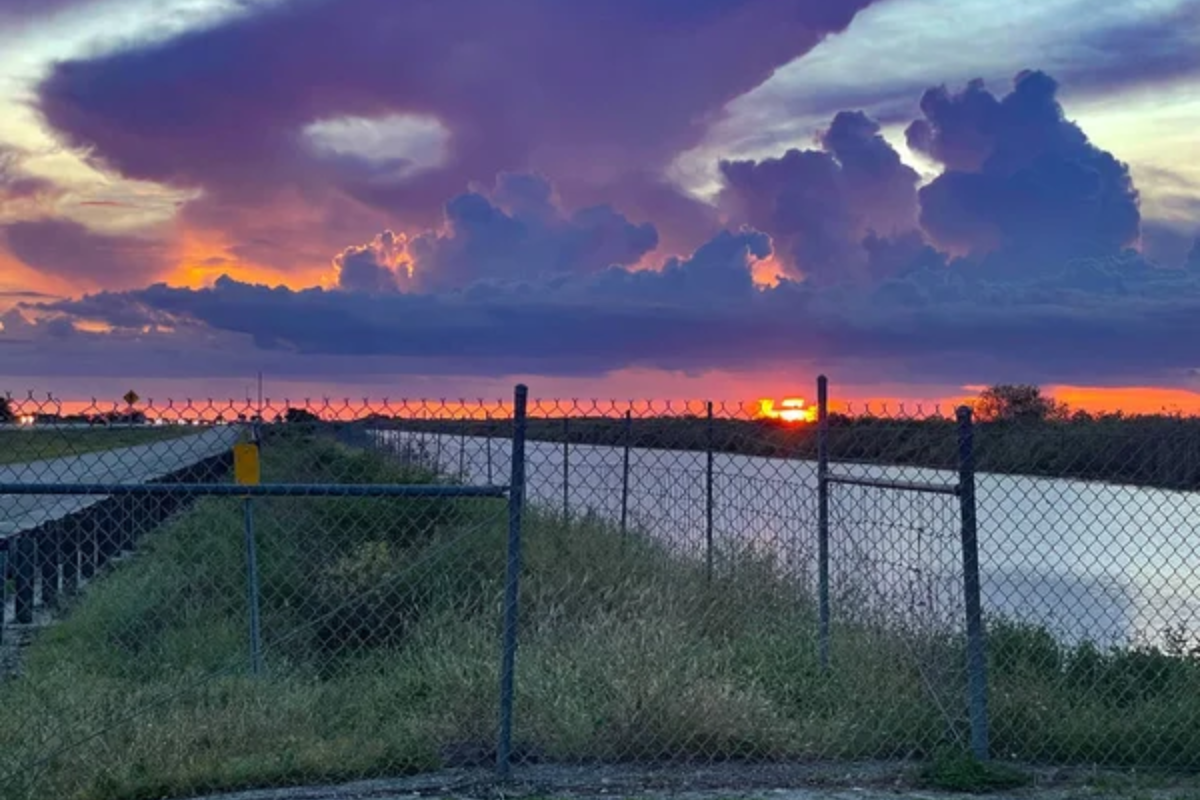
Louisiana’s only inhabited barrier island represents one of the Gulf’s most authentic fishing communities, where recreational anglers and commercial fishermen share infrastructure and knowledge about the surrounding waters. The island’s seven-mile beach remains largely undeveloped, with houses built on stilts to withstand hurricane storm surges rather than large resorts dominating the shoreline.
Grand Isle State Park protects important coastal habitats, including beaches, dunes, and maritime forests that support remarkable bird migrations—making spring and fall visits particularly rewarding for wildlife enthusiasts. The island’s remoteness—requiring a drive through bayou country with numerous bridge crossings—ensures that visitors arrive with an appreciation for the journey and the distinctive landscape that shapes island life.
Like Travel Pug’s content? Follow us on MSN.
Port Aransas, Texas
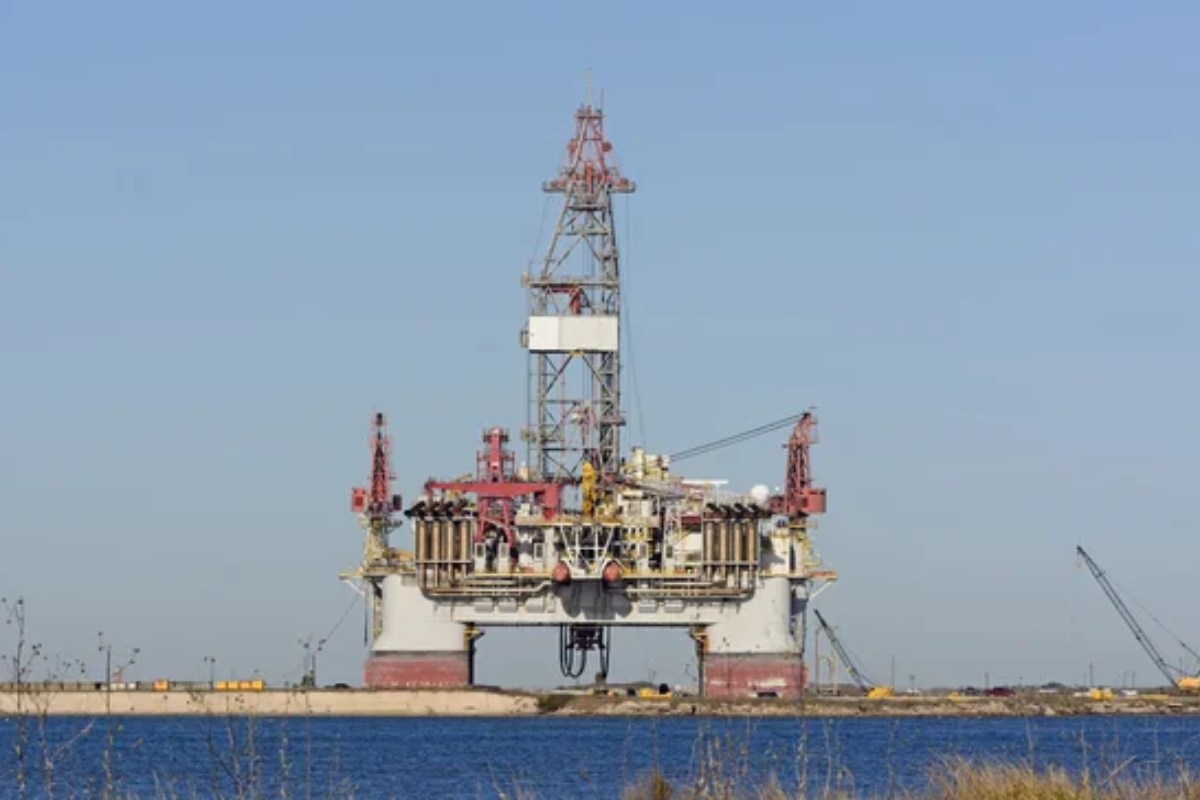
This community on Mustang Island maintains a laid-back coastal atmosphere despite its proximity to Corpus Christi across the bay. The town embraces its reputation for excellent fishing while avoiding the overdevelopment found in many coastal destinations, with building height restrictions preserving the human scale of the community.
Port Aransas preserves significant natural areas, including the Port Aransas Nature Preserve, where boardwalks cross coastal wetlands, providing habitat for resident and migratory birds. The ferry crossing required to reach the island creates a psychological separation from the mainland, with many visitors leaving their vehicles parked upon arrival and exploring the compact community by foot, bicycle, or the free shuttle that circulates through town.
Mexico Beach, Florida
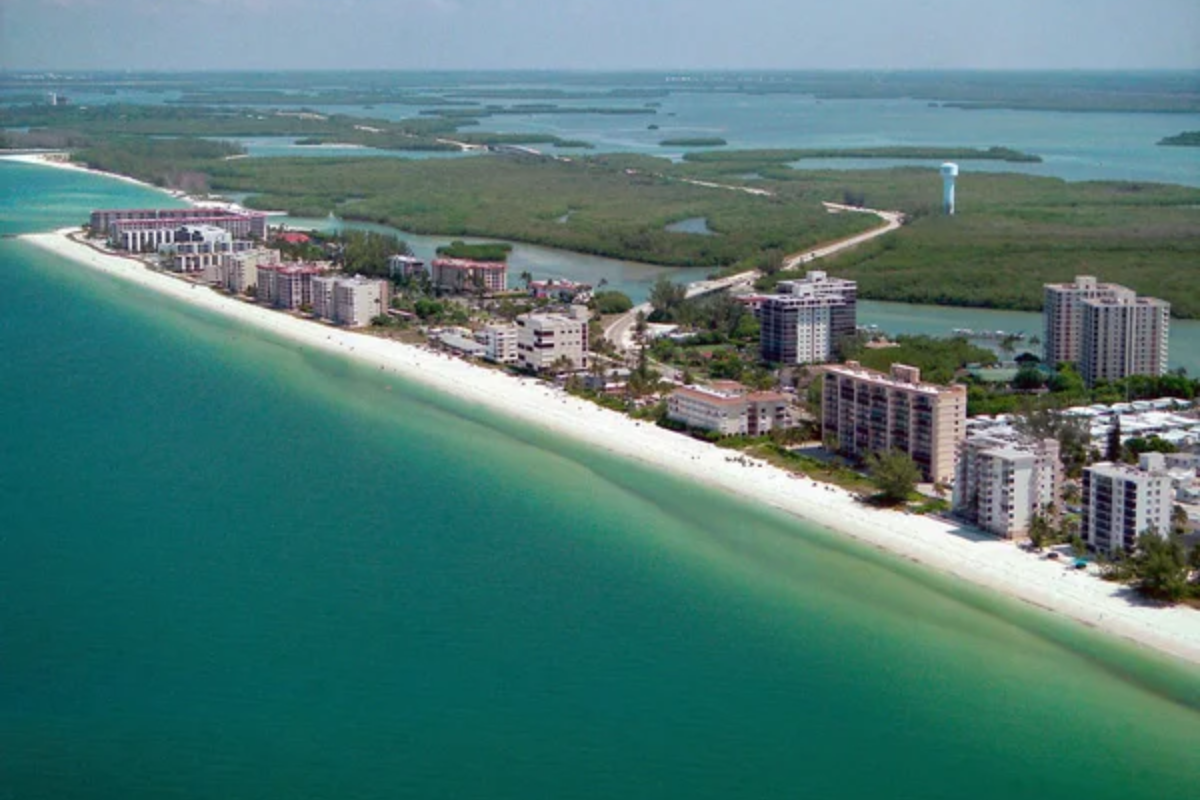
Nearly destroyed by Hurricane Michael in 2018, this small community along Florida’s Forgotten Coast has rebuilt with determination to maintain its low-key character rather than using the disaster as an opportunity for upscaling. The town’s rebuilding process emphasized maintaining public beach access and reasonable height limits for structures, preserving the human scale that distinguished Mexico Beach before the storm.
The surrounding area remains largely undeveloped, with St. Joseph Peninsula State Park nearby protecting pristine beaches, dunes, and maritime forests. The town’s location along a less-developed section of the Florida coastline creates a refreshing alternative to more commercialized areas, with genuine interactions between visitors and year-round residents replacing the transactional tourist experiences common elsewhere.
Rockport, Texas
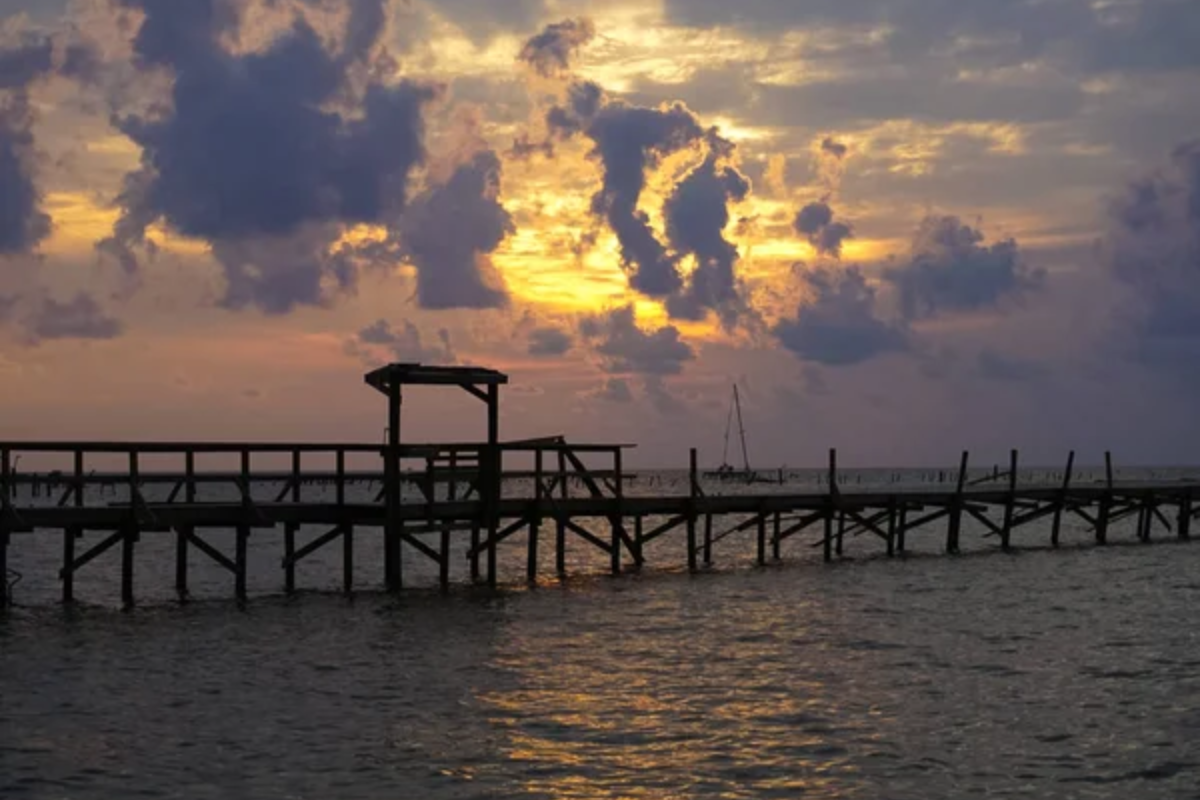
This artists’ community along Texas’s central coast maintains its distinctive character centered on creative expression inspired by the surrounding coastal landscape. The town’s galleries showcase work ranging from traditional maritime paintings to contemporary interpretations of coastal themes, while its historic downtown houses independently owned shops and restaurants in buildings dating from the late 19th and early 20th centuries.
The nearby Aransas National Wildlife Refuge protects critical habitat for endangered whooping cranes, which winter in the coastal marshes and attract wildlife enthusiasts from across the country. Despite significant hurricane damage in recent years, Rockport has rebuilt with attention to maintaining its distinctive character and connection to both artistic and maritime traditions that define the community.
Like Travel Pug’s content? Follow us on MSN.
Dauphin Island, Alabama
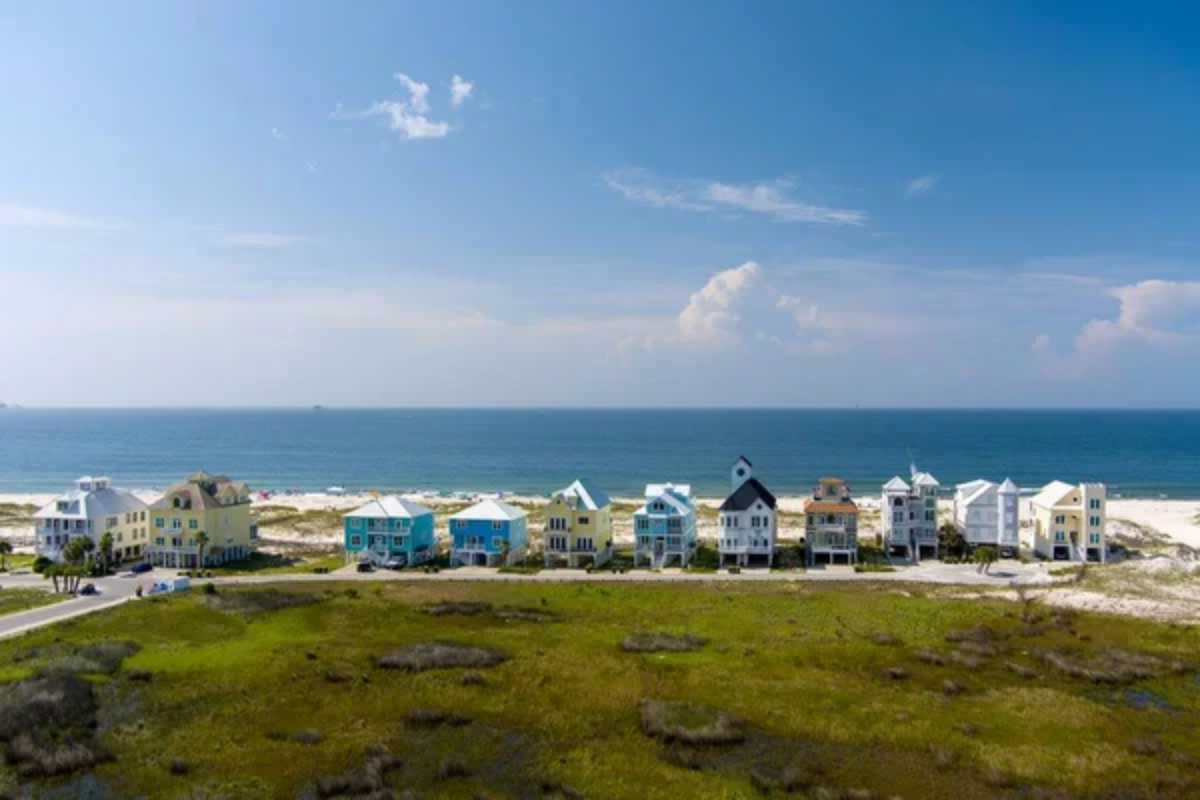
Located at the mouth of Mobile Bay, this barrier island community remains refreshingly undeveloped compared to other Gulf Coast destinations, with height restrictions preventing high-rise construction and a laid-back atmosphere prevailing throughout the year. The island’s east end houses the Audubon Bird Sanctuary, protecting 137 acres of maritime forest, dunes, and swamps that provide crucial habitat for migratory birds making trans-Gulf crossings—making spring and fall particularly rewarding times for nature enthusiasts.
Public beaches line the island’s Gulf-facing southern shore, while the northern side offers access to the productive waters of the Mississippi Sound, where dolphin sightings occur regularly. The island’s position as a working community rather than purely a tourist destination creates authentic interactions between visitors and residents who share an appreciation for the distinctive coastal environment.
Bay St. Louis, Mississippi
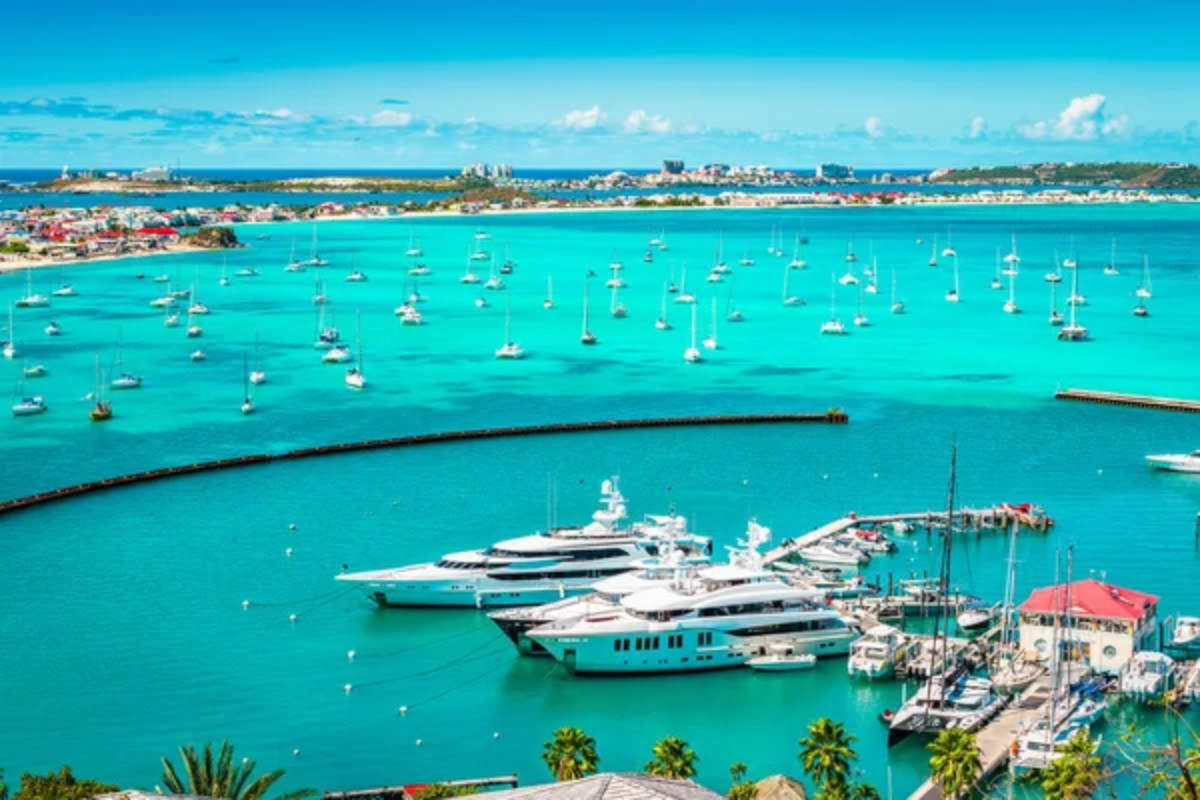
This artistic community along Mississippi’s western coast has rebuilt following Hurricane Katrina with attention to preserving its distinctive character centered on creative expression, historic architecture, and waterfront access. The walkable downtown features independently owned galleries, shops, and restaurants housed in colorful buildings dating from various eras, while the municipal harbor provides public access to the waters of Bay St. Louis and the Mississippi Sound beyond.
Second Saturday Art Walks showcase the town’s vibrant creative community, with galleries opening their doors for evening visits complemented by live music and dining experiences. The combination of creative energy, historic preservation, and waterfront setting creates a distinctive atmosphere that attracts visitors seeking authentic Gulf Coast character.
Fairhope, Alabama
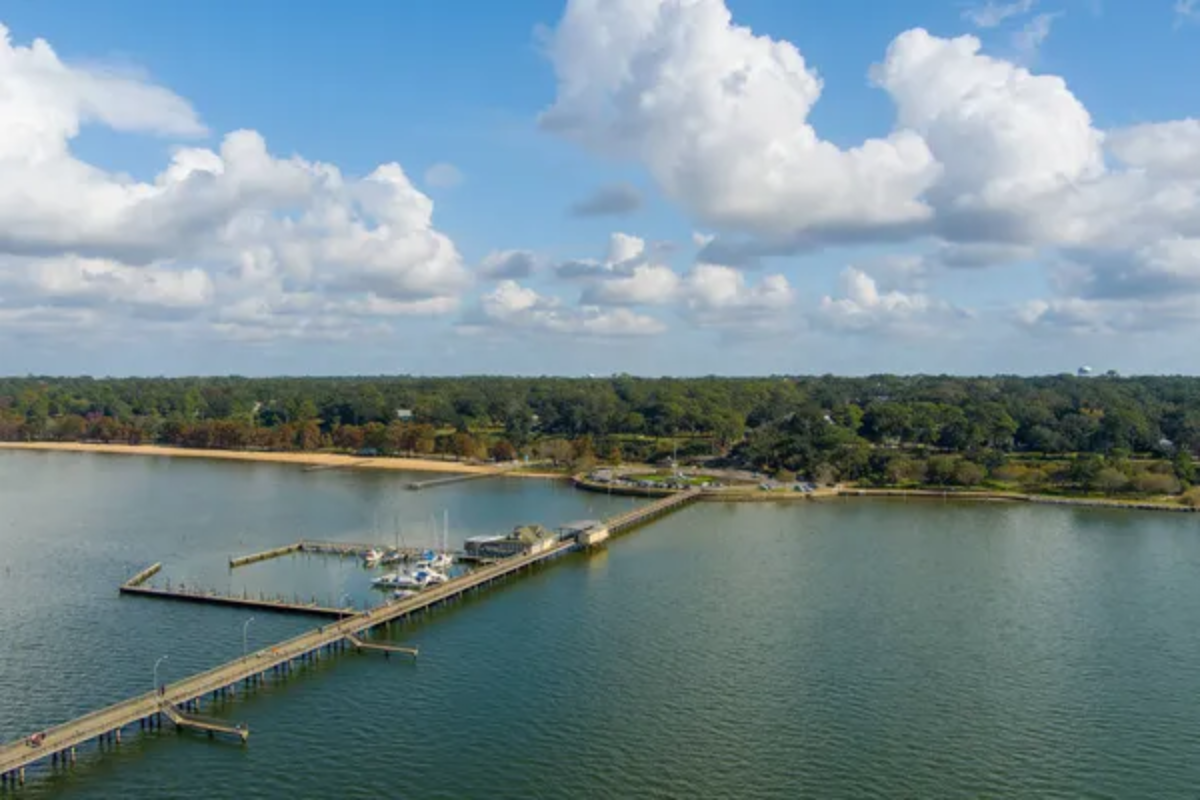
Perched on bluffs overlooking Mobile Bay, Fairhope combines Southern charm with coastal beauty in a distinctive setting, unlike more conventional beach towns. The walkable downtown features independent bookstores, galleries, and cafés housed in historic buildings, while the town’s famous Municipal Pier extends a quarter-mile into Mobile Bay, providing public access for fishing, sunset watching, and connecting with the marine environment.
Founded as a utopian community in 1894, Fairhope retains elements of its idealistic origins through robust public spaces, including extensive flower plantings, bayside parks, and the 108-acre Knoll Park featuring ancient live oaks. The town’s position on the Eastern Shore of Mobile Bay creates opportunities for experiencing spectacular sunsets across the water, with the bay’s moderate winds attracting sailors throughout the year.
Like Travel Pug’s content? Follow us on MSN.
Port St. Joe, Florida
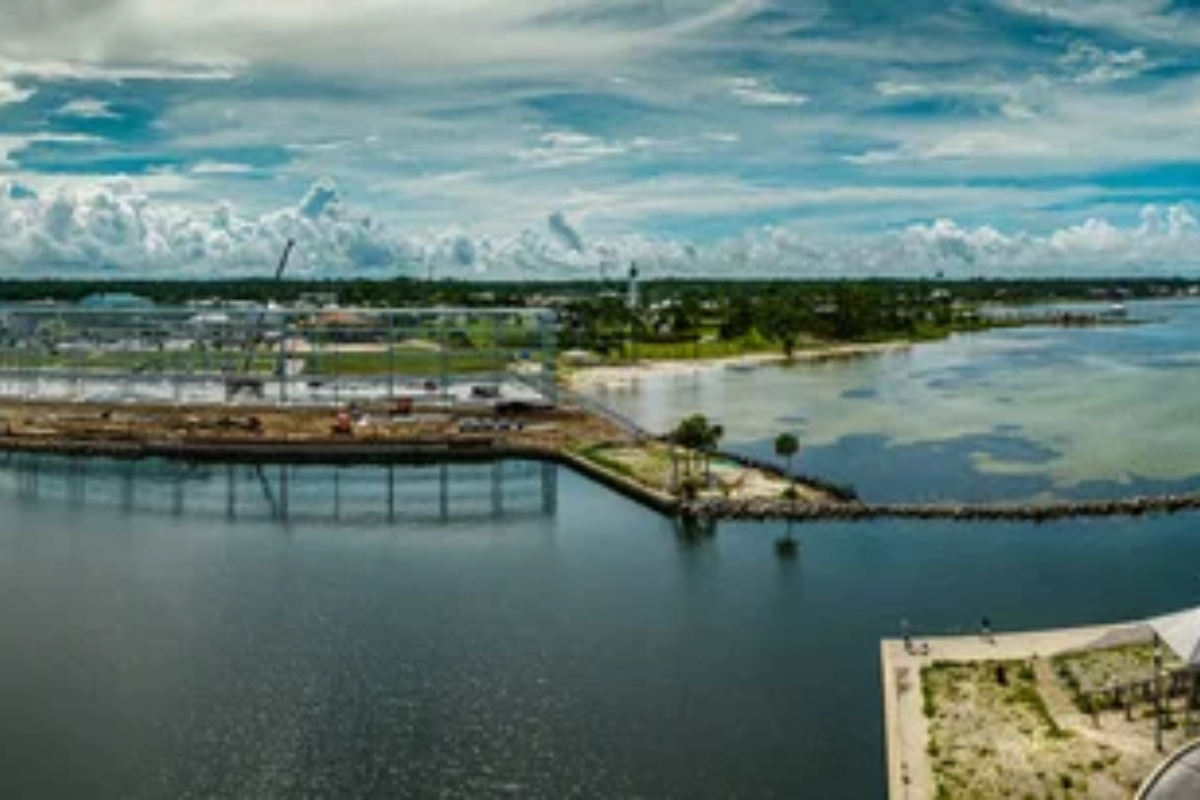
Following significant hurricane damage in 2018, this historic fishing community along Florida’s Forgotten Coast has rebuilt with a determination to maintain its authentic character rather than transforming into a more generic resort destination. The compact downtown features locally owned businesses housed in buildings reflecting the town’s evolution from its origins as a deepwater port through various economic transitions.
St. Joseph Bay forms the town’s western boundary, with its unusually clear waters supporting abundant marine life accessible to kayakers and wade fishermen. The nearby St. Joseph Peninsula creates a protected aquatic environment distinct from the open Gulf, with its state park protecting miles of pristine beaches, dunes, and maritime forest habitats that showcase the region’s natural state before development.
Gulfport, Florida
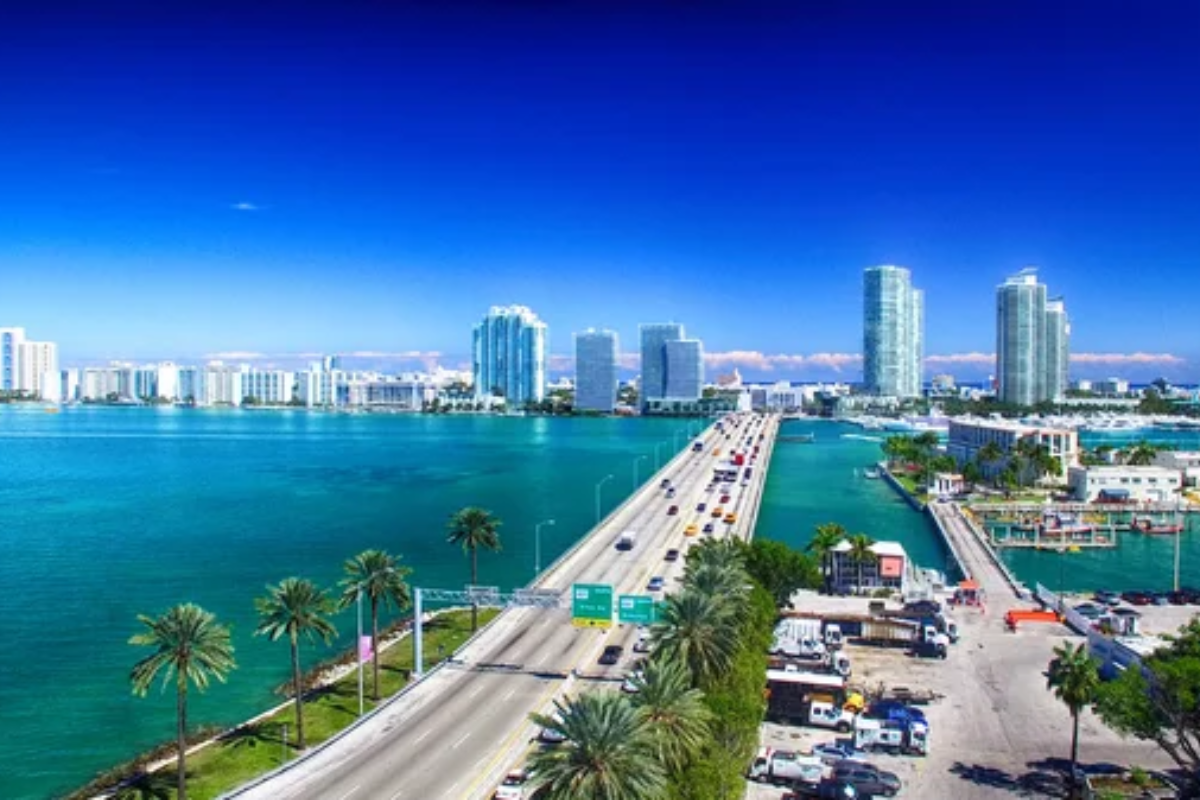
This small community adjacent to St. Petersburg maintains its distinctive character as an artistic enclave and LGBTQ-friendly destination despite development pressures from surrounding urban areas. The compact downtown features independently owned restaurants, shops, and galleries housed in colorful buildings that create a walkable district with a distinctive personality.
Twice-monthly art walks showcase local creative talents, while regular farmers’ markets connect residents and visitors with regional agricultural producers. The waterfront along Boca Ciega Bay maintains public access through Williams Pier and surrounding parkland, where dolphin sightings occur regularly against the backdrop of St. Petersburg’s skyline across the water.
Despite its small physical footprint—just a few blocks in each direction—Gulfport packs remarkable diversity and creative energy into its distinctive community.
Venice, Florida
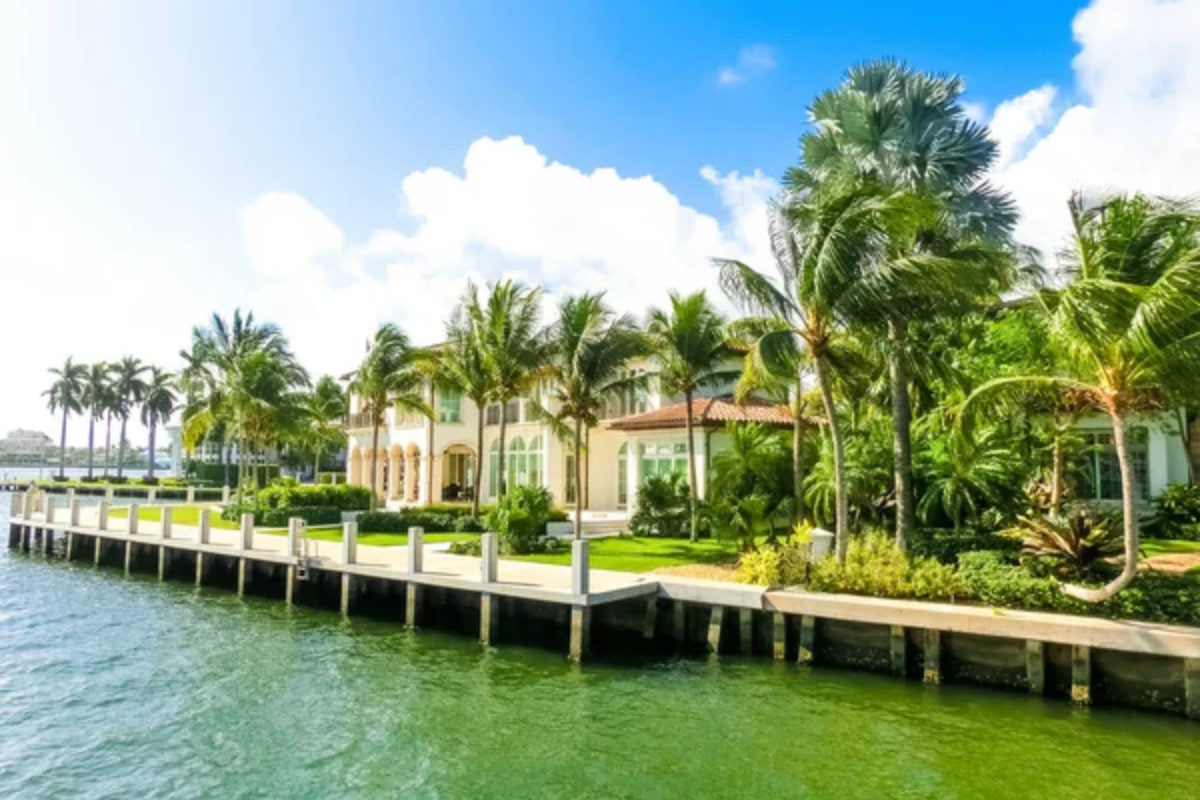
Located south of Sarasota, Venice maintains a distinctive character centered on its planned community origins from the 1920s, with Mediterranean Revival architecture defining the compact downtown district. The city’s wide beaches feature unique black sand with high concentrations of fossilized shark teeth, creating an unusual treasure-hunting opportunity for visitors combing the shoreline.
Unlike many coastal communities that developed haphazardly, Venice follows careful urban planning principles, including a street grid oriented to capture prevailing breezes, extensive green spaces, and architectural coherence that creates a distinctive sense of place. The Venetian Waterway Park provides 10 miles of trails along the Intracoastal Waterway, connecting downtown with residential neighborhoods and natural areas that support wildlife viewing opportunities throughout the year.
Like Travel Pug’s content? Follow us on MSN.
St. Marks, Florida
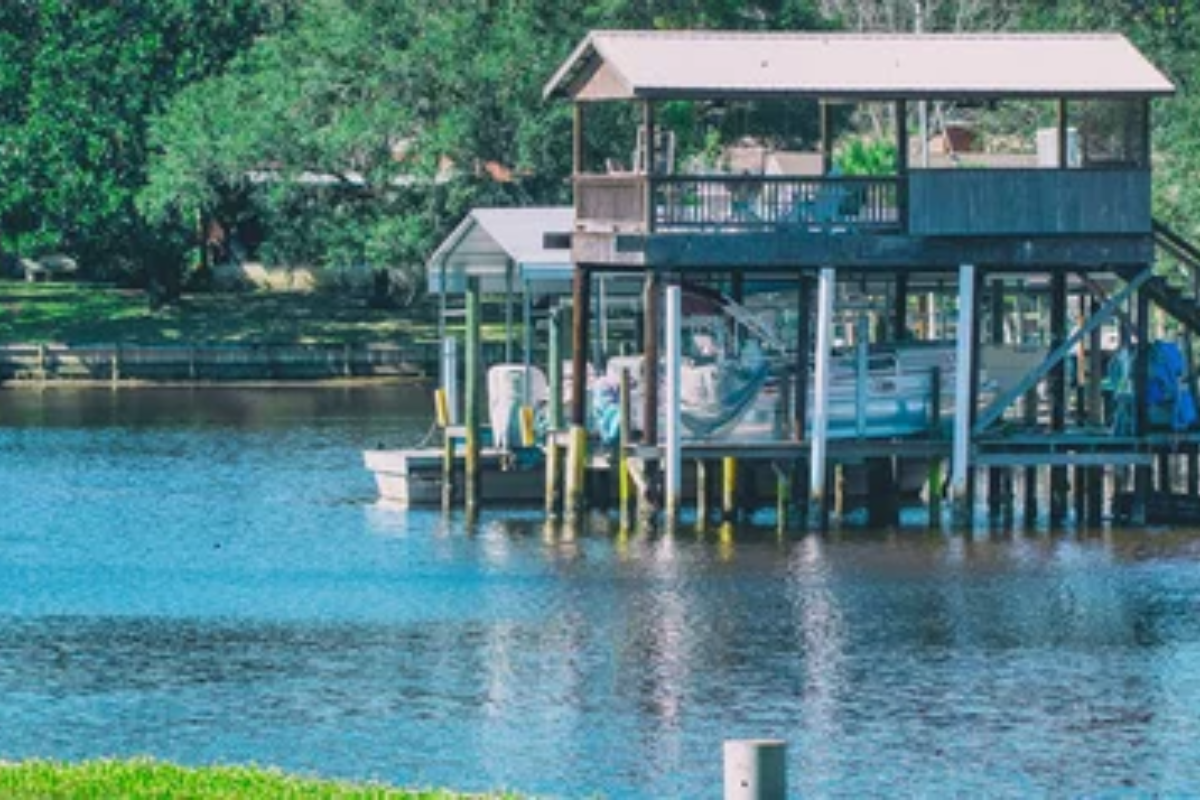
This tiny fishing village at the confluence of the St. Marks and Wakulla Rivers represents one of Florida’s least commercialized coastal communities, with a working waterfront where recreational boats share facilities with commercial fishing vessels. The adjacent St. Marks National Wildlife Refuge protects over 68,000 acres of coastal habitat, including the historic St. Marks Lighthouse that has guided mariners since 1842.
The community’s authenticity comes partly from its continued function as a working port rather than a manufactured tourist destination, with genuine interactions between visitors and residents replacing the more transactional experiences common in heavily developed areas. The surrounding rivers, marshes, and forests create opportunities for wildlife viewing, with manatees frequently visible from the village’s waterfront during warmer months.
Fulton, Texas
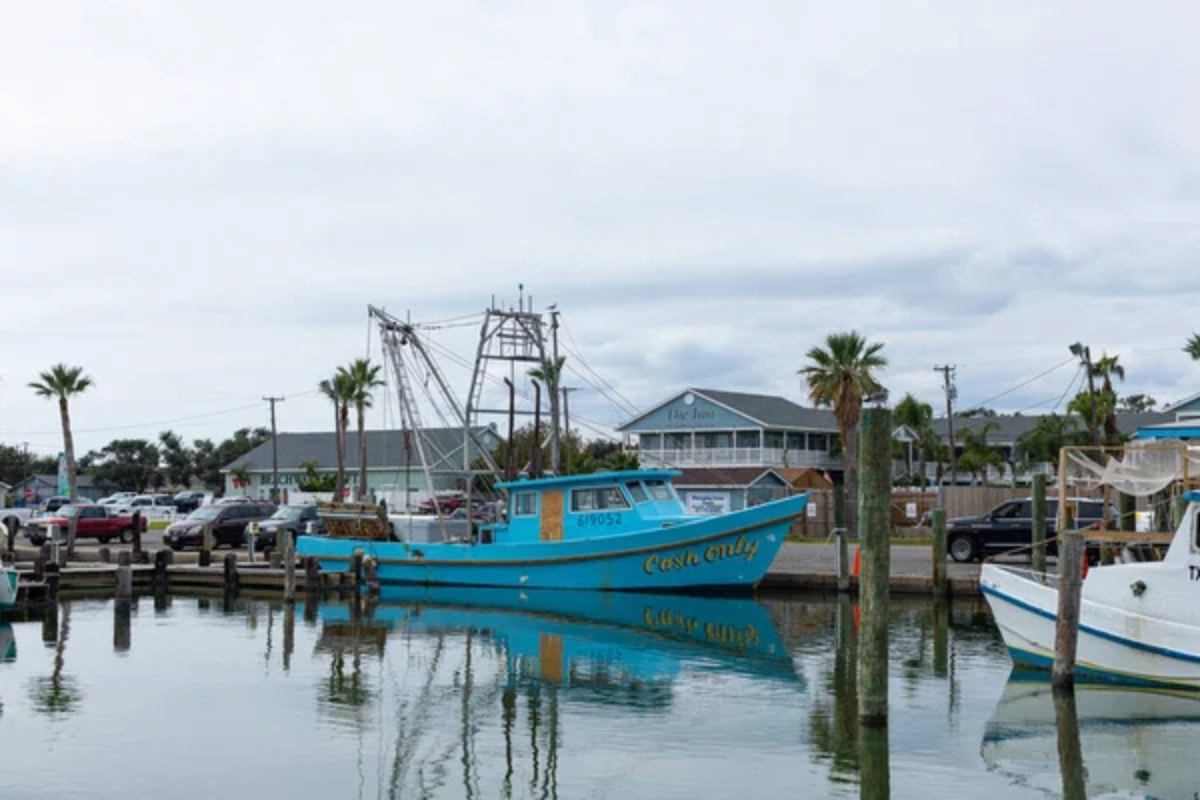
Located on the western shore of Aransas Bay near the larger Rockport, this small fishing community maintains its maritime character centered on the productive waters that have supported generations of commercial and recreational fishermen. The town’s compact size and working waterfront create opportunities for authentic experiences, including direct purchases from fishing boats returning with fresh catches.
Fulton Harbor continues functioning as both a working port and a visitor attraction, with waterfront restaurants serving seafood with minimal food miles between harvest and table. The annual Oysterfest celebrates the region’s traditionally significant bivalve harvest while supporting community projects, creating connections between visitors and residents through a shared appreciation of local maritime heritage and coastal resources.
Coastal Character and Authentic Experience
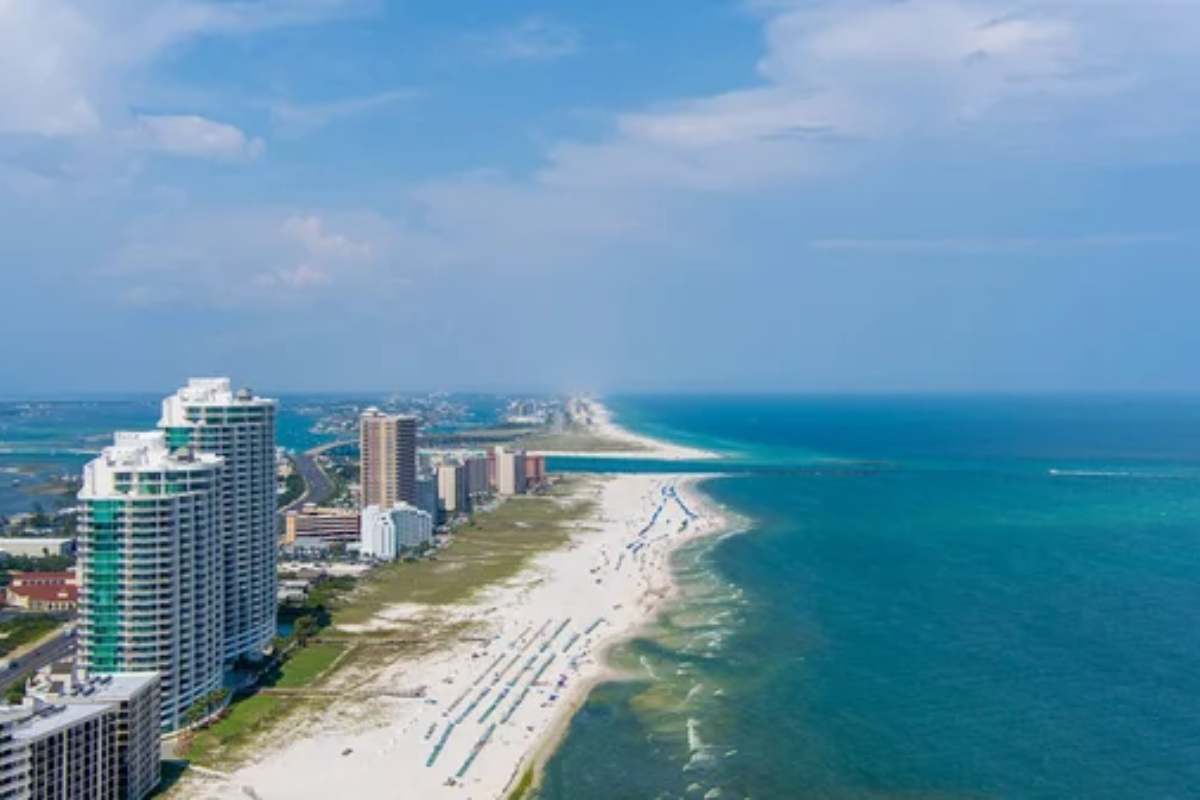
These Gulf Coast communities share certain qualities despite their geographic distribution across five states: commitment to maintaining authentic coastal character, connection to maritime traditions, and landscapes where natural features remain dominant rather than overwhelmed by development. Their distinctive personalities emerge from specific combinations of geography, cultural influences, architectural traditions, and economic foundations that create experiences impossible to replicate elsewhere.
As travelers increasingly seek authentic destinations rather than generic resort experiences, these communities offer opportunities to experience the Gulf Coast’s remarkable diversity and distinctive sense of place shaped by centuries of human interaction with one of America’s most productive and dynamic coastal environments.
Like Travel Pug’s content? Follow us on MSN.
More from Travel Pug

- Cities Growing so Fast You Won’t Recognize Them in 10 Years
- 13 Destinations Where Tourists Regularly Regret Their Trip
- 16 U.S. Cities That Are Quietly Becoming Travel Hotspots
- Where to Travel If You Love Long Bus Rides and Daydreams
- 20 Cities Perfect for Solo Travelers Who Crave Adventure & Culture
Like Travel Pug’s content? Follow us on MSN.
